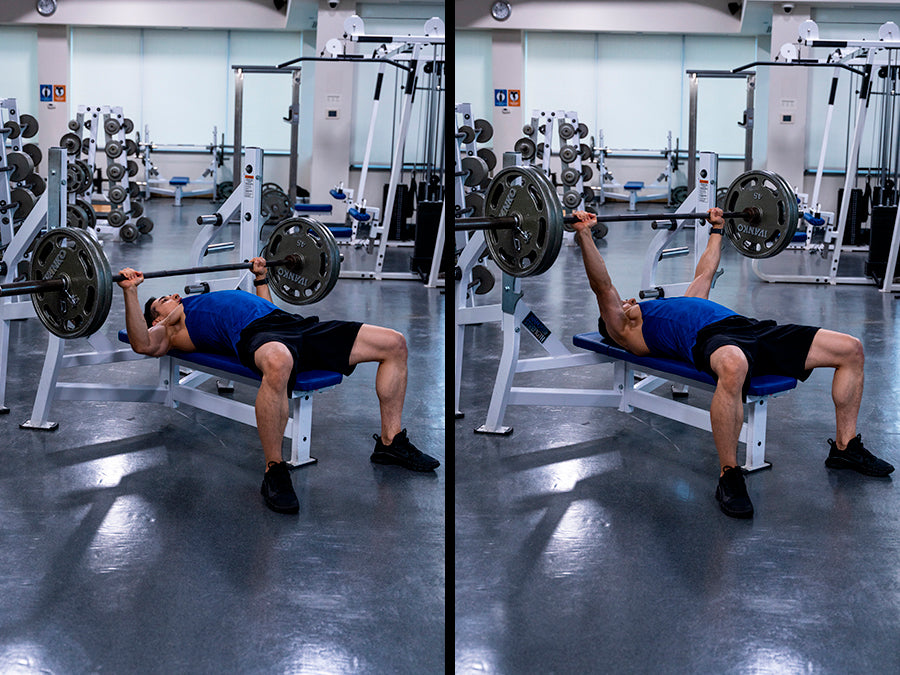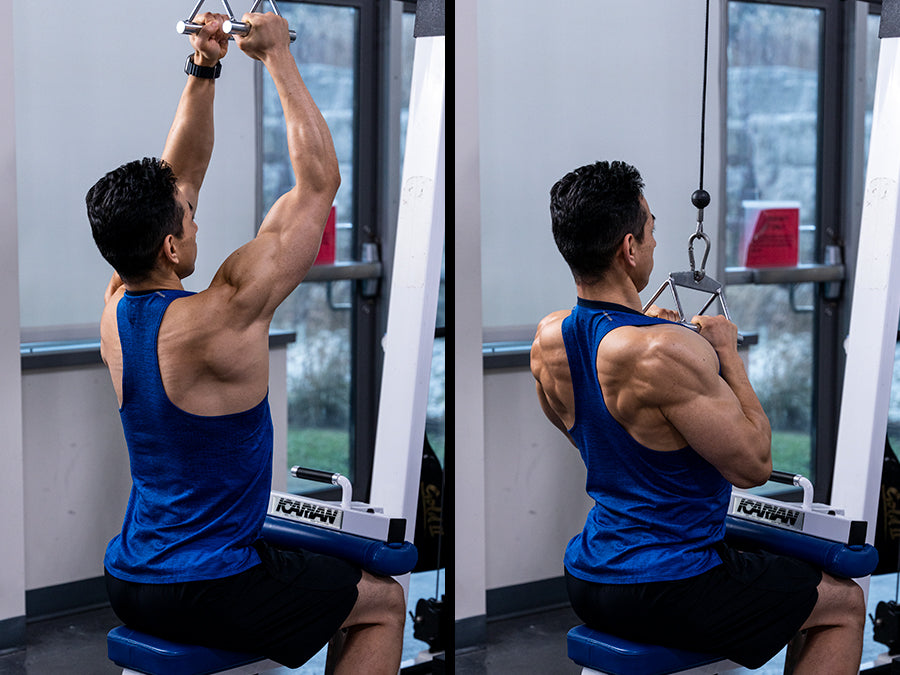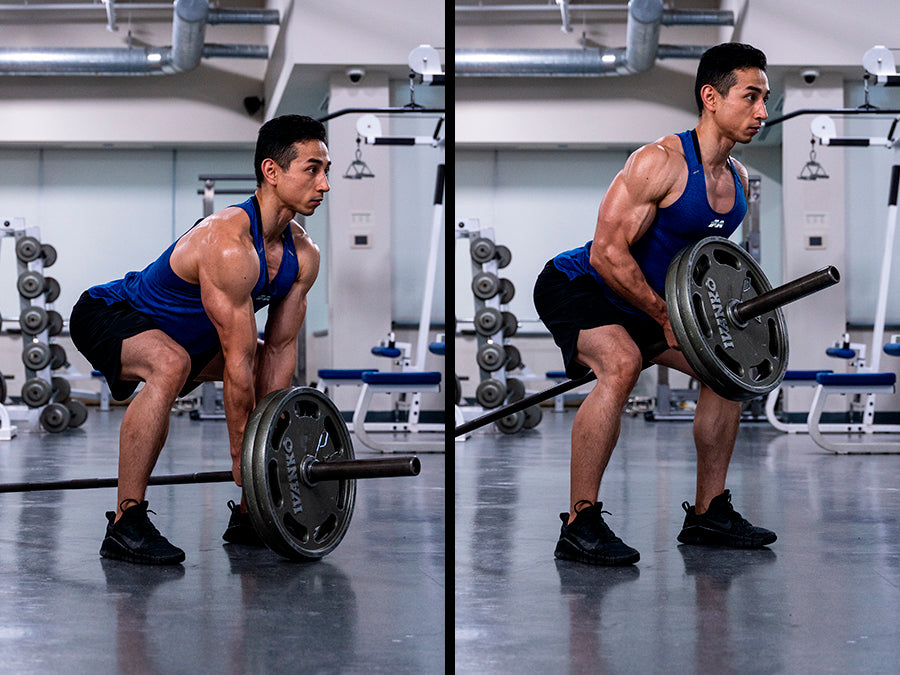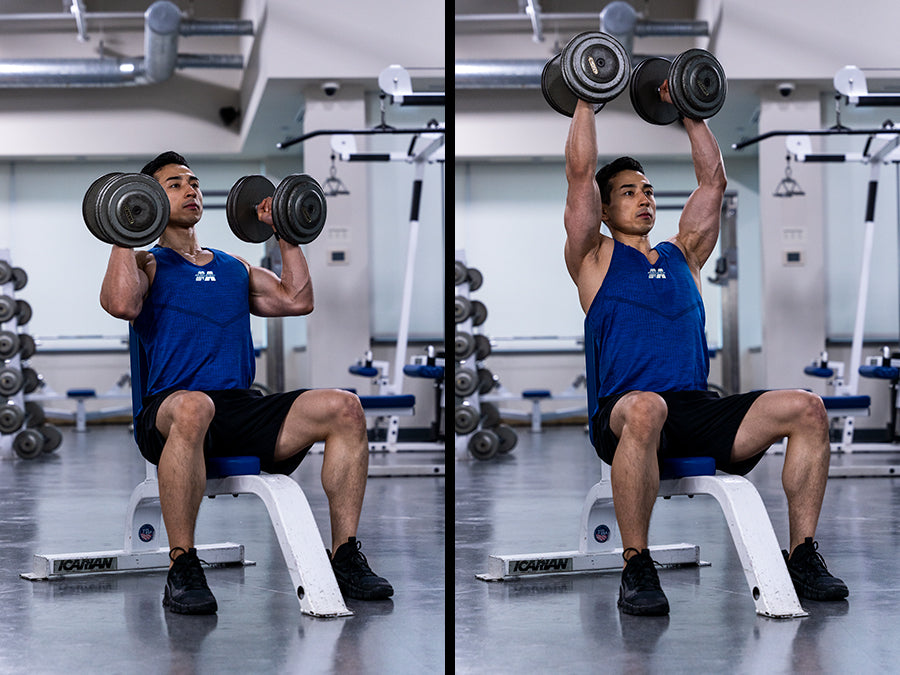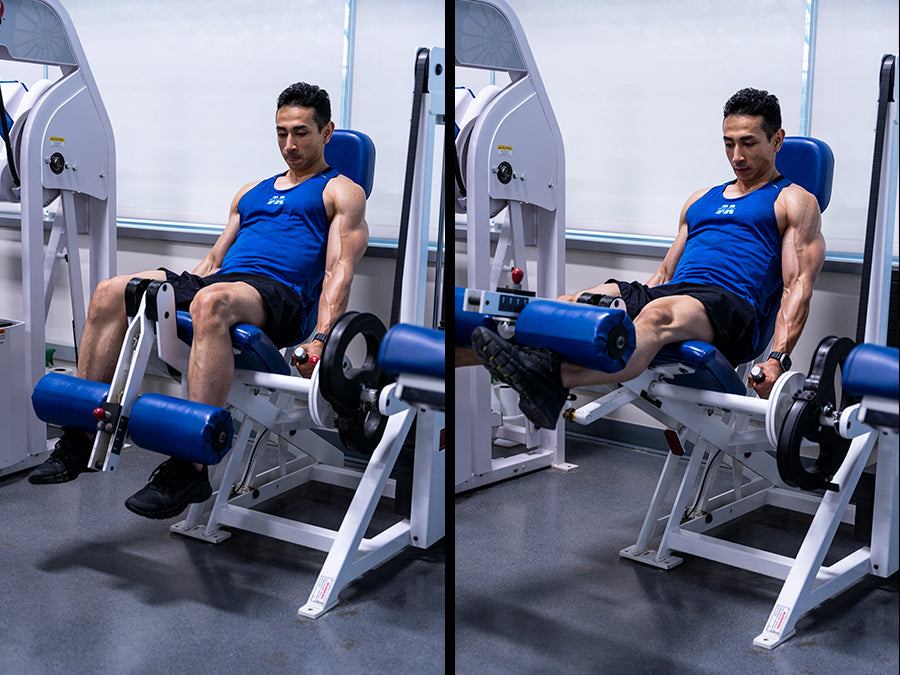By Ron Harris
The so-called bro split of breaking up the muscle groups into individual training days has been around so long that I’m sure most of you assume this is how bodybuilders have always trained.
The reality is that for the first few decades of our sport, such a concept didn’t exist. From the very dawn of bodybuilding in the early 20th century until about the mid-1960s, most men trained their entire bodies three times a week!
Before you sneer at how ineffective that must have been compared to your modern schedule of chest one day, back the next, legs, and so on, do a Google image search on these names: John Grimek, Steve Reeves, Clarence “Clancy” Ross, Jack Delinger, George Eiferman, Bill Pearl, and Reg Park (Arnold’s early idol).
Table of content
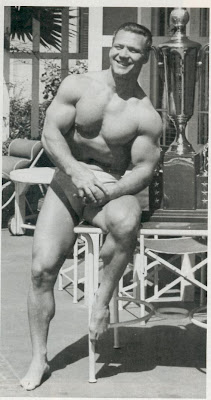
John Grimek
All these men built incredible physiques without modern advantages in nutritional knowledge, supplements, equipment, and PEDs. And they did it training the entire body in every workout. This is an example of a York Barbell full-body routine from the 1940s:
|
Barbell curls Overhead press Back squats Dumbbell pull-overs Deadlifts Bench press Side bends Jefferson deadlifts Standing calf raises Barbell shrugs |
1 × 6 1 × 6 1 × 8–12 1 × 6 1 × 8–12 1 × 6 1 × 6 1 × 8–12 1 × 8–12 1 × 6 |
Looking this over, I immediately identified several glaring flaws in its design, particularly as they would pertain to anyone seeking to build an exceptional physique. Here I will list them and proceed to explain how we will be improving on these to deliver the best and most effective full-body routine for you.
Save on Supplements to Increase Strength
Inadequate volume
With all due respect to HIT advocates, most trainees will require more than one working set to provide a proper growth stimulus for the muscles. I should note that I watched one former Mr. Olympia go through a back workout several months before he won his first Mr. Olympia title in 1992 while he was in Southern California for a guest posing appearance, and there were several sets leading up to his one all-out set.
Granted, he only counted that final set as it was the only one he took to failure and beyond, but the reality was that he was still doing the standard 4 or 5 sets per exercise, including warm-ups. We will be incorporating more volume while still being mindful of recovery, as we will be coming back to the same body parts (all of them) within a couple of days.
Not enough time under tension (TUT)
The rep schemes for that old full-body program, 6 for all upper-body exercises, were simply not ideal for stimulating growth. The reason 8 to 12 reps is superior isn’t because more reps are more effective, it’s because keeping the target muscle under tension longer is better.
Six reps are the upper limit for strength training. Those who exclusively train on very low reps, as in 1 to 6, will certainly become much stronger over time. Their muscles won’t get nearly as big as they would have if they had at least mixed in a few higher-rep sets at each workout.
Those who value strength over muscle mass often sneer at bodybuilders who just do “pumping” sets and aren’t nearly as strong as their exceptional mass would indicate. But training for size and strength are two very different things. I will make sure you’re doing enough reps and providing enough time under tension to keep you growing!
Poor exercise selection for bodybuilders
Could you put on a good amount of muscle mass simply by performing the same handful of basic barbell and dumbbell movements three times a week? Absolutely!
But in bodybuilding we aren’t merely concerned with adding indiscriminate size. We strive for a balanced and proportionate physique with equal development in all the muscle groups. This is why we train a body part with several different exercises that stress the muscle group differently.
For example, you could do only overhead presses for your shoulders, and you would grow, but the development in your anterior/front delts would be disproportionate to the development in your medial/side deltoids. That’s why we include lateral raises.
You could certainly do only squats for your legs, but over time you would see your hamstring development lagging far behind your quadriceps. Some sort of leg curl needs to be in your program as well. So rather than have you doing the same routine three times a week, I’ve designed three different workouts to ensure you will not only get bigger but also build an aesthetically pleasing physique that flows with balance and proportion.
Improper exercise order
I have no idea who came up with the older routine I listed above, and I don’t like to speak ill of the dead, but what was he thinking starting off with biceps?
You should never train biceps before any compound back movement, just as you should never directly train triceps before any compound pressing movement for the chest or shoulders. The arms are in these cases “weak links,” and as such we don’t want to exacerbate the situation by having them fatigued at all before they’re called on to assist in compound lifts.
I also have an issue with placing squats near the beginning of a full-body workout. Squats are just about the most demanding and exhausting exercise you can do, along with deadlifts. I would always opt to position them close to the end of any full-body routine lest they hamper your efforts on other exercises for other muscle groups. With all that in mind, here are the workouts I’ve carefully designed for you.
Full-Body Routine 3 Times Weekly
Note: Warm-ups are not shown, warm up for each exercise as much as you need to.
Monday
|
Flat barbell bench press Barbell rows Seated barbell military press Close-grip lat pull-downs Skullcrushers Barbell curls Squats Romanian deadlifts |
4 × 12, 12, 10, 8 4 × 12, 12, 10, 8 4 × 12, 12, 10, 8 4 × 10–12 4 × 12 4 × 10–12 4 × 15, 12, 10, 10 4 × 10–12 |
Wednesday
|
Pull-ups Incline dumbbell press Dumbbell lateral raises Dumbbell rear lateral raises Incline dumbbell curls Deadlifts Seated leg curls Standing calf raises |
4 × 12 4 × 12, 12, 10, 8 4 × 12 4 × 15, 15, 12, 12 4 × 10 4 × 10–12 4 × 15, 12, 10, 8 4 × 12 4 × 20, 15, 12, 10 |
Note 1.: Use assisted pull-up machine if you can’t complete this many reps. Note 2.: Use bodyweight only until you can get 4 sets of 12, then begin adding weight.
Friday
|
Flat dumbbell press T-bar rows Seated overhead dumbbell press Standing barbell curls Close-grip bench press Squats Lying leg curls Seated calf raises |
4 × 12. 12. 10, 8 4 × 15. 12. 10, 8 4 × 10–12 4 × 10–12 4 × 15, 12, 10, 8 4 × 15, 12, 10, 10 4 × 10–12 4 × 20, 15, 12, 10 |
Keys to maximizing results on a full-body routine
Do not add to the routine!
You may be tempted to add an extra exercise here and there, perhaps for your favorite body part. Don’t! Doing so will begin to defeat the whole purpose of performing a full-body routine in the first place, which is to provide your muscles with enough stimulation to grow but not so much that recovering between workouts becomes difficult.
Substituting exercises is acceptable so long as the exercise works the given muscle group in a similar way. For instance, you could do front squats instead of squats, or use a machine or cable version of any movement in which injury or some other limitation makes the listed exercise unsafe or ineffective.
Rest up on your rest days
You’re training hard three days out of the week, so the other four days shouldn’t include any other weight training. You may do cardio, of course, and abdominal work, which isn’t included because it’s something you can easily do on off days and requires no special equipment. You should always strive for a good night’s sleep, but particularly the nights before you train.
Fuel up and replenish
These workouts are brutally demanding if you apply yourself, so be sure you have adequate fuel to carry you through. Have a good meal about 90 minutes before you start the workout, featuring meat or poultry along with rice, potatoes, sweet potatoes, or oatmeal.
Prime the pump with a great pre-workout such as MuscleTech’s EuphoriQ or Shatter. Sip on a scoop of Amino Build, a scoop of Cell Tech, and a scoop of L-glutamine in 24 ounces or more of water as you train. When the workout is over, go for 30 to 50 grams of protein from NitroTech, depending on your size/body weight, along with a scoop or two of Cell Tech.
Now you’ve jump-started the recovery process so you’ll be able to do it all over again in two or three days.
The full-body routine is ideal for those who don’t have time to be in the gym five to seven days a week, or even for anyone looking for a change of pace from the standard bro split for a couple of months. The bottom line is that you can and will make substantial gains training this way!
Visit our Shop to Buy the Best Body Building Supplements
Read Our Top Read Content:





